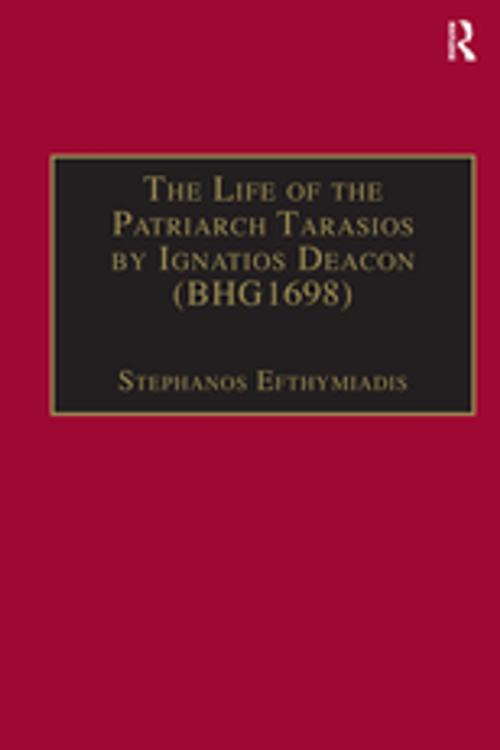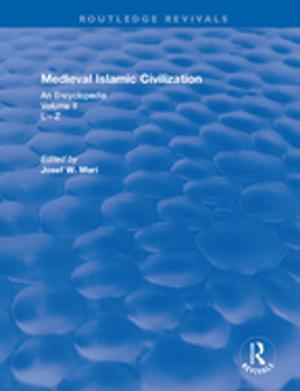The Life of the Patriarch Tarasios by Ignatios Deacon (BHG1698)
Introduction, Edition, Translation and Commentary
Nonfiction, History| Author: | Stephanos Efthymiadis | ISBN: | 9781351886727 |
| Publisher: | Taylor and Francis | Publication: | May 15, 2017 |
| Imprint: | Routledge | Language: | English |
| Author: | Stephanos Efthymiadis |
| ISBN: | 9781351886727 |
| Publisher: | Taylor and Francis |
| Publication: | May 15, 2017 |
| Imprint: | Routledge |
| Language: | English |
The patriarch Tarasios holds a key position in the ending of the first period of Iconoclasm in Byzantium, with the seventh Oecumenical Council at Nicaea in 787. His Life forms an equally key source for the history and culture of the Byzantine world in the eighth and ninth centuries. This book provides a full introduction, a critical edition with English translation, and a detailed commentary and indexes for this important document. The introduction first places the text within the framework of other patriarchal biographies composed in the period c.850-950. Dr Efthymiadis then looks at Tarasios himself, as layman, patriarch, and saint, and provides a biographical sketch of the author of the Life, Ignatios the Deacon, together with a discussion of the date and reasons for the work’s composition. In addition, this new text and translation makes more accessible a highly sophisticated example of Byzantine prose.
The patriarch Tarasios holds a key position in the ending of the first period of Iconoclasm in Byzantium, with the seventh Oecumenical Council at Nicaea in 787. His Life forms an equally key source for the history and culture of the Byzantine world in the eighth and ninth centuries. This book provides a full introduction, a critical edition with English translation, and a detailed commentary and indexes for this important document. The introduction first places the text within the framework of other patriarchal biographies composed in the period c.850-950. Dr Efthymiadis then looks at Tarasios himself, as layman, patriarch, and saint, and provides a biographical sketch of the author of the Life, Ignatios the Deacon, together with a discussion of the date and reasons for the work’s composition. In addition, this new text and translation makes more accessible a highly sophisticated example of Byzantine prose.















